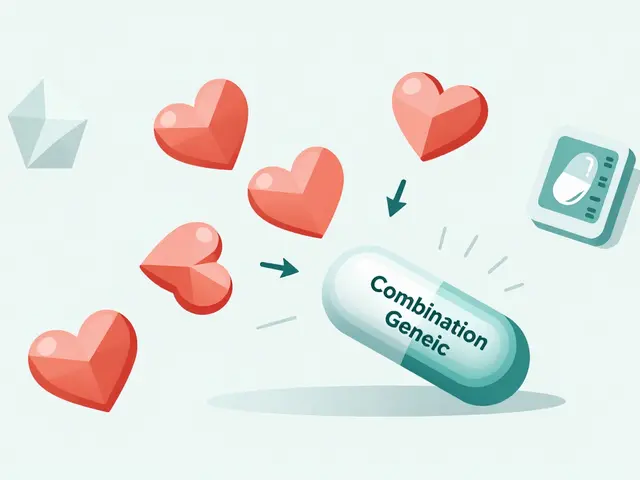Ovulation induction: what it is and how it works
If your periods are irregular or you’re not ovulating, ovulation induction can help kick-start egg release so you can try to get pregnant. The goal here is simple: get one or more healthy follicles to mature and release an egg at the right time.
This isn’t one-size-fits-all. Treatment choices depend on why you’re not ovulating, your age, hormone levels, and whether you’re trying with timed intercourse, IUI, or IVF.
Common methods and medicines
Doctors usually start with oral meds. Letrozole (an aromatase inhibitor) and clomiphene citrate (Clomid) are the two most used pills. Letrozole often works better for people with PCOS. Both help the body create the hormonal signal to grow a follicle.
If pills don’t work, injectable gonadotropins are the next step. These are FSH and sometimes LH injections that directly stimulate the ovaries. They’re more powerful but need careful monitoring because they can produce multiple follicles and raise the risk of ovarian hyperstimulation.
Some cycles include low-dose gonadotropins combined with oral meds, or trigger shots (hCG or GnRH agonist) to time ovulation precisely before intercourse or IUI.
Monitoring, timing, and safety
You’ll usually get blood tests to check hormones and ultrasound scans to watch follicle growth. Ultrasound tells us how many follicles are developing and their size. When a dominant follicle reaches the right size, your clinic will recommend intercourse, IUI, or give a trigger shot to cause ovulation.
Monitoring matters because it lowers the chance of multiple pregnancy and of ovarian hyperstimulation syndrome (OHSS), a rare but serious reaction. If you’re on injectables, expect more scans and bloodwork than with oral meds.
Side effects vary by treatment. Clomiphene can cause mood swings, hot flashes, or thin uterine lining in some people. Letrozole tends to have fewer mood and lining issues, though fatigue and joint pain can happen. Injectables can cause bloating, mood changes, and a higher risk of multiples.
Success rates depend on cause of infertility and age. For many with anovulation from PCOS, letrozole or clomiphene leads to ovulation in a majority of cycles and good pregnancy rates over several cycles. Injectables can raise success but also raise monitoring needs and costs.
When should you see a specialist? If you’re under 35 and haven’t conceived after 6–12 cycles despite treatment, or if you’re over 35, talk to a reproductive specialist sooner. Also see a specialist if you have pelvic pain, very irregular cycles, or high LH/FSH levels.
Talk openly with your doctor about goals, costs, side effects, and how aggressive to be. Ovulation induction can be highly effective when matched to the right reason for not ovulating. With proper monitoring, it’s a practical, often successful step on the path to pregnancy.
Clomid is a well-known medication used for inducing ovulation, but it might not be suitable for everyone. Emerging alternatives provide different mechanisms of action and benefits. Learn about alternatives like Femara, Metformin, and natural options such as Black Cohosh. This article explores pros and cons, helping individuals make informed fertility treatment choices.
Continue reading...






